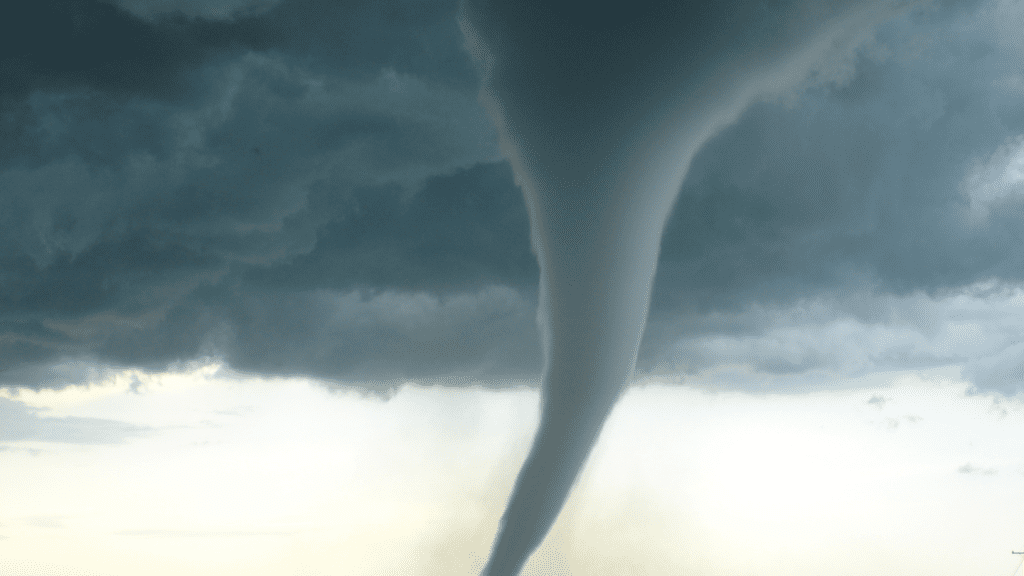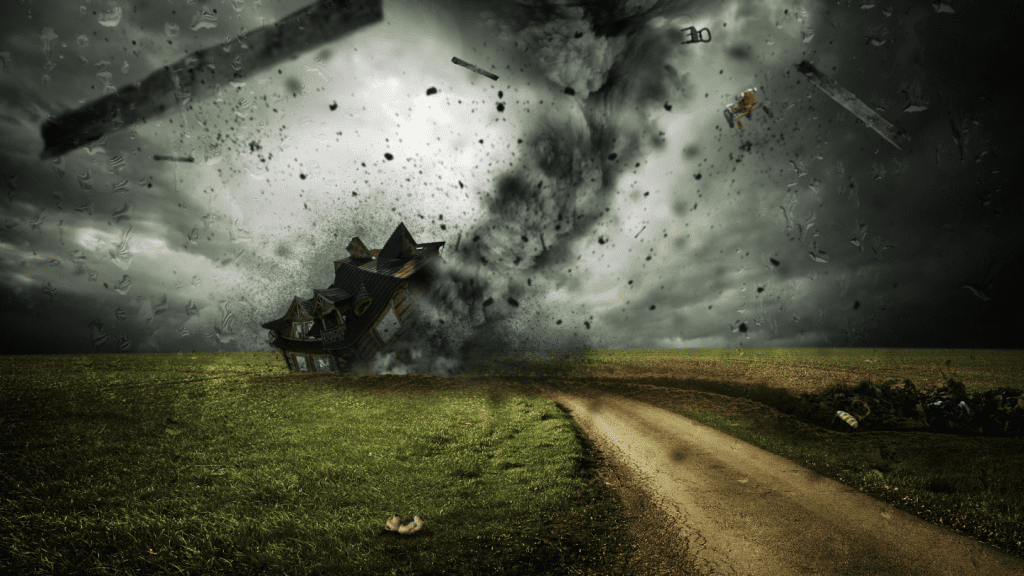Tornadoes are among the most destructive forces of nature. When they strike, they can cause significant damage to homes, properties, and lives. As a homeowner, it’s essential to understand your insurance coverage and how to maximize your claim in the aftermath of a tornado. This article delves into the question, “Does homeowners insurance cover tornado damage?” and provides insights into the nuances of tornado insurance coverage.
Understanding Your Homeowners Insurance Policy
Does Homeowners Insurance Cover Tornado Damage?
The short answer to this pressing question is yes. The majority of standard homeowners insurance policies do provide coverage for damages inflicted by tornadoes. However, like all insurance policies, there are certain policies that may differ. It’s important for homeowners to thoroughly review their policy’s fine print. This ensures that they are fully aware of the extent and limitations of their coverage.
Tornado-related damages are most commonly categorized under “windstorm” or “hail” in insurance documents. Depending on your geographical location, especially if you reside in a tornado-prone area, there might be specific exceptions or higher deductibles associated with tornado damages.

Furthermore, the intricacies of insurance jargon can sometimes be confusing. For instance, the terms “home insurance” and “homeowners insurance” might appear distinct but are often used synonymously in the industry. Both typically offer protection against tornado damage.
In conclusion, while insurance does offer a safety net, it’s crucial for homeowners to be proactive. Regularly reviewing and, if necessary, updating your policy ensures that you’re adequately protected against the unpredictable wrath of tornadoes.
The Scope of Tornado Insurance Coverage
When a tornado strikes, the devastation can be immense, affecting various aspects of a homeowner’s property. Understanding the breadth and depth of tornado insurance coverage is crucial to ensure you’re adequately protected and can reclaim your losses.
Dwelling Coverage: At the core of tornado insurance is the dwelling coverage. This is designed to safeguard the very foundation of your home. It encompasses the primary structure, ensuring that the walls that shield you, the roof that covers you, and the built-in appliances that serve you are protected. Whether it’s a shattered window, a torn roof, or structural damage, dwelling coverage aims to restore your home to its pre-tornado state.
Personal Property Coverage: Beyond the bricks and mortar of your home lie your cherished possessions. From the sofa where you unwind, the television that entertains you, to the wardrobe that defines you, personal property coverage ensures that the contents of your home are protected. In the aftermath of a tornado, this coverage assists in replacing or repairing your personal belongings, ensuring that life can return to normalcy as swiftly as possible.
Additional Living Expenses (ALE): Nature’s fury can sometimes render a home uninhabitable. In such dire circumstances, ALE steps in as a financial cushion. If a tornado forces you out of your home, this coverage shoulders the burden of your temporary living expenses. Whether it’s the cost of checking into a hotel, dining out because your kitchen is unusable, or other unforeseen expenses, ALE ensures that you maintain a semblance of normalcy during tumultuous times.
Tornado insurance coverage is usually comprehensive, aiming to protect not just your home, but every facet of your life within it.
Additional Considerations in Tornado Insurance Claims
Tornadoes, with their unpredictable nature and potential for immense destruction, pose a unique challenge for insurance providers. While the foundational premise of insurance is to offer coverage against such calamities, the extent and specifics of this coverage can vary based on several factors.
Generally speaking, tornado damage is a standard inclusion in most homeowners insurance policies. However, the blanket statement can sometimes be misleading. For those residing in areas frequently battered by tornadoes, the insurance landscape might look a bit different.
Homeowners in these high-risk zones often grapple with steeper insurance premiums. This is a reflection of the increased risk associated with insuring properties in areas more susceptible to tornadoes. It’s a balancing act for insurance companies to ensure they can sustainably provide coverage while also managing their risk.
Moreover, specific tornado deductibles might come into play. These are separate from the standard deductibles homeowners are accustomed to. In essence, they require homeowners to pay a predetermined amount or percentage of a claim before the insurance kicks in for tornado-related damages.
Given these nuances, it’s of paramount importance for homeowners to maintain open lines of communication with their insurance agents. Engaging in candid discussions about the specifics of your policy, understanding potential additional costs, and being aware of any unique requirements or limitations can save a lot of heartache down the line.
Tips for Your Tronado Insurance Claim
In the aftermath of a tornado, the devastation can be overwhelming. Amidst the chaos, it’s crucial for homeowners to take proactive steps to ensure they get the most out of their insurance claims. By being methodical and informed, you can navigate the claims process more efficiently and ensure you receive the compensation you deserve.
Document Everything: The importance of thorough documentation cannot be overstated. In the digital age, equipping yourself with a camera or smartphone can be your best ally. As soon as it’s safe to venture out, take comprehensive photos and videos of all the damage. Capture different angles, focus on structural damages, and don’t overlook any detail, no matter how minor it might seem. This visual evidence will be invaluable when substantiating your claim, providing a clear snapshot of the extent of the damage and ensuring your insurance company has a full understanding of the repairs needed.
Act Quickly: Time is of the essence when it comes to insurance claims. Once the immediate danger has passed, reach out to your insurance provider without delay. Not only does this demonstrate your proactive approach, but it also sets the wheels in motion for the claims process. Early notification can lead to quicker assessments, faster approvals, and expedited repairs, helping you return to normalcy sooner.
Keep Receipts: In the wake of a tornado, there might be pressing repairs that can’t wait, or you might need to seek temporary accommodation if your home is uninhabitable. During these times, it’s essential to keep a meticulous record of all your expenses. Whether it’s a bill from a contractor, a hotel invoice, or receipts from dining out, every piece of paper counts. These receipts act as proof of your additional expenditures and are instrumental in ensuring you get reimbursed appropriately by your insurance company.
Understanding Tornado Home Insurance Exclusions
Does homeowners insurance cover tornado damage always? Well, unfortunately, no, there are some exclusions.
Tornadoes, with their swirling winds and immense power, can wreak havoc in mere minutes. While homeowners insurance is designed to provide a safety net against such natural disasters, it’s essential to recognize that not all damages resulting from a tornado might be covered. Understanding these exclusions and nuances can prevent unpleasant surprises when filing a claim.
Generally, tornado-related damages are a staple in most insurance policies. However, the coverage is not always black and white. There are gray areas, specific exclusions, and limitations that homeowners should be aware of.
For starters, while the direct damage caused by a tornado’s wind might be covered, secondary damages might fall into a different category. A classic example of this is flooding. If a tornado results in conditions that lead to flooding, the water damage to your home might not be covered under your standard tornado or windstorm coverage. Instead, you’d need a separate flood insurance policy to claim damages from this problem.
Tornado Damage Repair
If you need assistance in filing a claim and going through the storm damage restoration or tornado repair process, our team of local experts can help! Contact us at (800) 430-5838 for assistance with storm damage now! We can assist your commercial or residential property through our storm restoration services and return them back to a state of normalcy! If you are in a tornado-prone area, we encourage you to brush up on safety tips!





